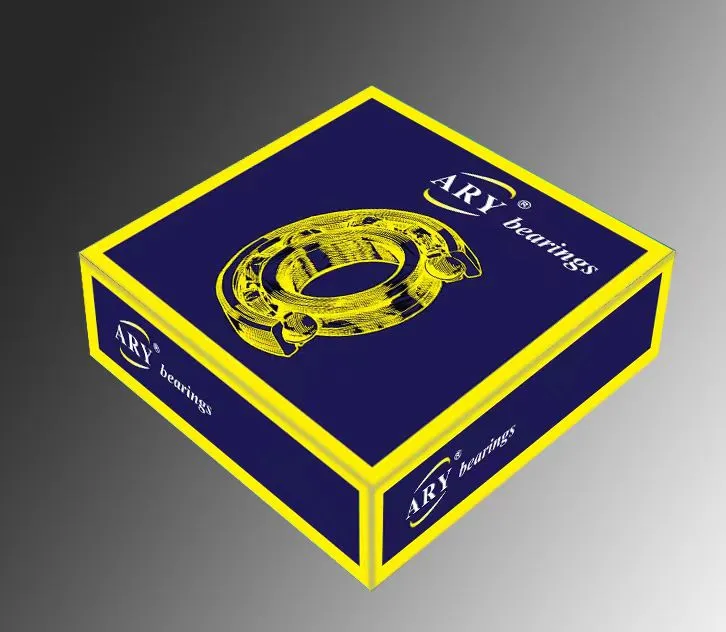
Jan . 01, 2025 11:26 Back to list
Dimensions and Specifications of 6300 ZZ Bearings for Various Applications
Understanding the 6300 ZZ Bearing Dimensions and Its Applications
Bearings play a crucial role in the smooth operation of machines, and one of the most widely used types is the deep groove ball bearing. Among these, the 6300 ZZ bearing is particularly popular due to its versatility and robust design. In this article, we will delve into the dimensions, features, and applications of the 6300 ZZ bearing, providing a comprehensive overview for engineers, designers, and DIY enthusiasts alike.
Overview of the 6300 ZZ Bearing
The designation 6300 indicates a specific series of bearings that conform to standardized dimensional norms established by the International Organization for Standardization (ISO). The ZZ suffix signifies that the bearing is equipped with metal shields on both sides, which help to retain lubrication and protect the internal components from dust and debris. This makes the 6300 ZZ bearing an excellent choice for various applications that require durability and reliability.
Dimensions of the 6300 ZZ Bearing
The standard dimensions for a 6300 ZZ bearing are as follows
- Inner Diameter (ID) 10 mm - Outer Diameter (OD) 35 mm - Width (W) 11 mm
These dimensions indicate that the 6300 ZZ bearing is suitable for shafts with a 10 mm diameter, and it can accommodate a relatively moderate radial load due to its outer dimensions.
The 6300 ZZ bearing is further characterized by its radial load capacity, which is influenced by the materials used in its manufacture and its design features. Typically, these bearings are made from high-carbon chromium steel, which provides an excellent balance of hardness, load-carrying capacity, and wear resistance. Additionally, the grease or lubrication used within the bearing significantly impacts its operational performance and lifespan.
Features and Benefits
6300 zz bearing dimensions

One of the key advantages of the 6300 ZZ bearing is its simplicity and ease of installation. The deep groove design allows the bearing to accommodate both radial and light axial loads, which makes it suitable for various applications in different industries. The metal shields provide additional protection, making this bearing ideal for environments where dust and contaminants are present.
Another benefit is the low friction coefficient, which ensures efficient operation and reduced heat generation, leading to improved performance and longevity. The 6300 ZZ bearing is particularly suited for high-speed applications due to its ability to minimize friction while maintaining stability under load.
Applications of the 6300 ZZ Bearing
The versatility of the 6300 ZZ bearing means it can be found in numerous applications across various sectors. Some common uses include
1. Electric Motors The 6300 ZZ bearing is widely used in both AC and DC electric motors, where it supports the rotor and allows for smooth, efficient rotation. 2. Automotive Industry These bearings are often utilized in automotive applications, including wheel hubs, gearboxes, and auxiliary systems, where reliability is paramount.
3. Home Appliances You can find the 6300 ZZ bearing in everyday home appliances, such as washing machines, dryers, and vacuum cleaners, helping to ensure they operate smoothly.
4. Industrial Machinery Many types of machinery, including conveyors, pumps, and manufacturing equipment, employ the 6300 ZZ bearing due to its robustness and ability to handle heavy loads.
5. Bicycle Components In bicycles, the 6300 ZZ bearing may be used in hubs and bottom brackets for improved efficiency and performance.
Conclusion
The 6300 ZZ bearing is a tried and tested component that serves as a backbone for countless machines and devices. Understanding its dimensions, features, and applications can help engineers and manufacturers make informed decisions about their use. Given its robustness, low maintenance requirements, and versatility, the 6300 ZZ bearing will continue to be an essential part of mechanical design for many years to come. Whether in a highly specialized industrial setting or in everyday household items, the 6300 ZZ bearing exemplifies reliability and effectiveness in mechanical engineering.
Latest news
-
Premium Deep Groove Ball Bearings | High Speed & Reliability
NewsAug.29,2025
-
Durable Scaffolding Clamps - Secure & Reliable Tube Connectors
NewsAug.28,2025
-
Common Failures in Thrust Ball Bearings and Solutions
NewsAug.22,2025
-
How Tapered Roller Bearings Can Take Shock Loads
NewsAug.22,2025
-
Angular Bearings in High-Precision Spindles
NewsAug.22,2025
-
The Impact of Misalignment on Cylindrical Roller Bearing Performance
NewsAug.22,2025
